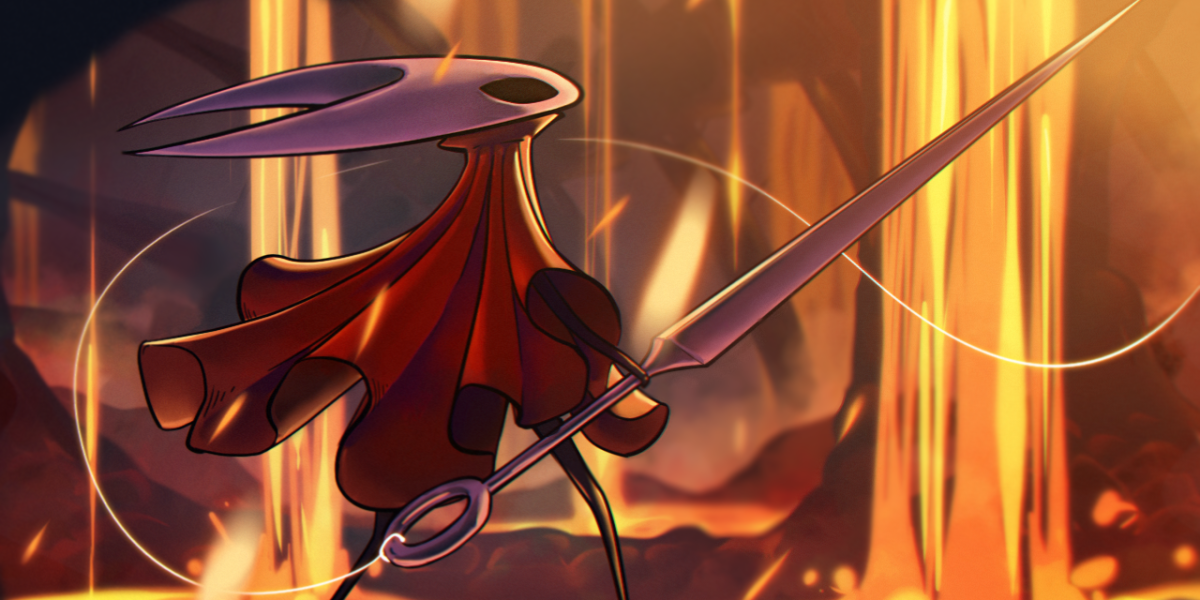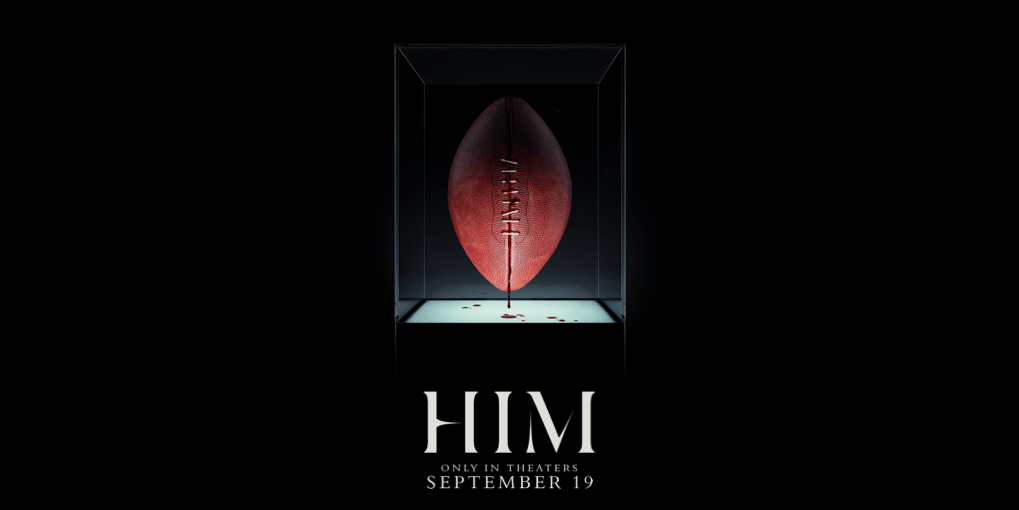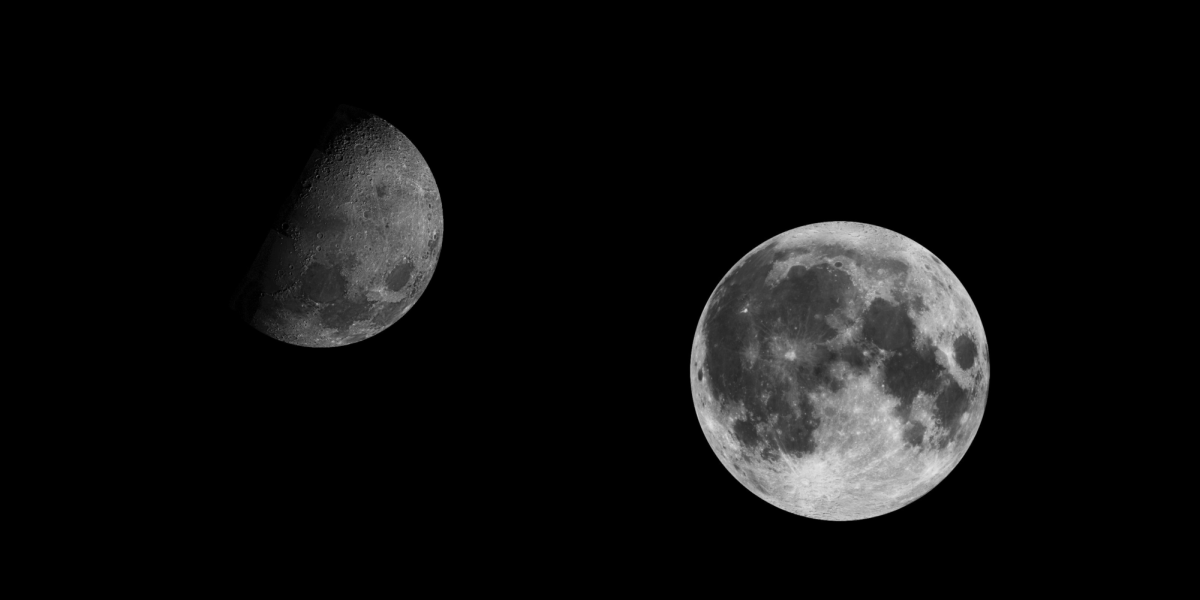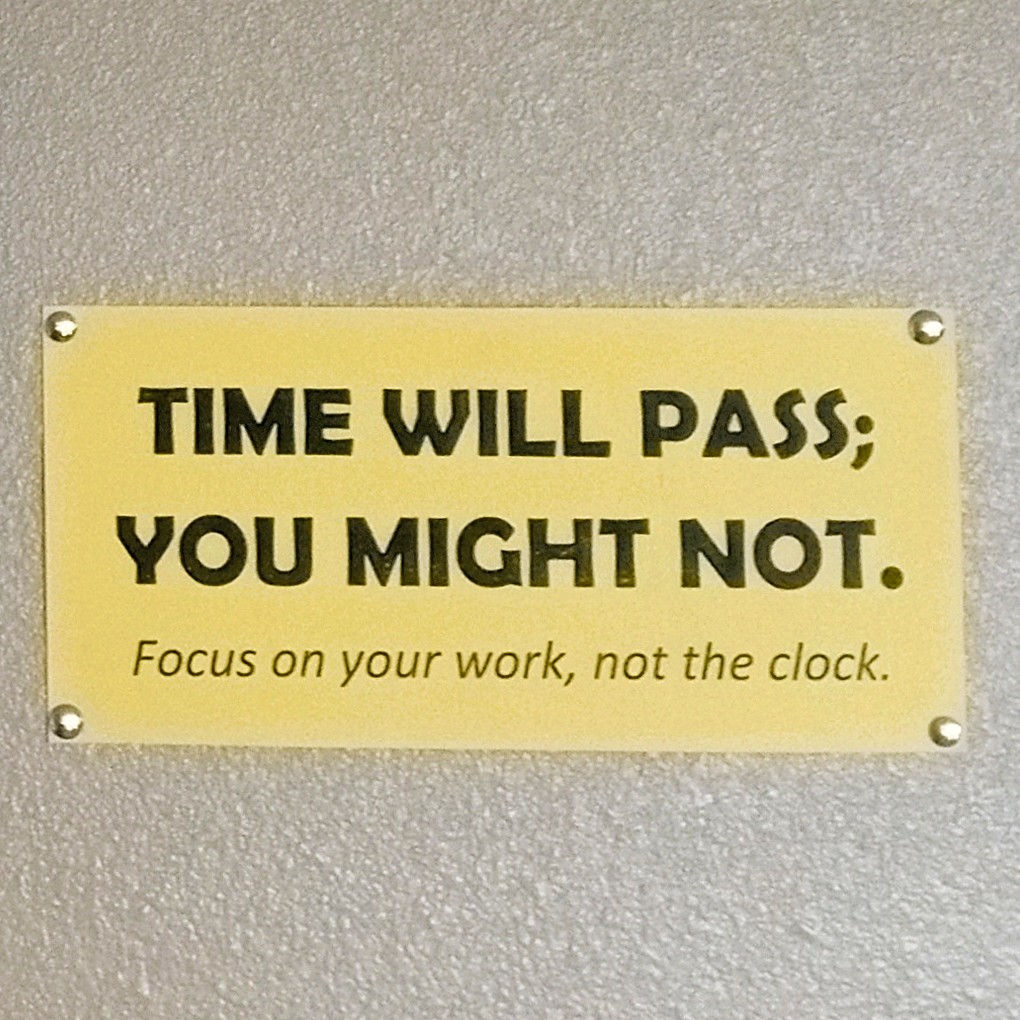Yes, the headline is true. No, this isn’t science fiction. Earth is getting another moon.
For a while, anyway.
A little asteroid named 2024 PT5 was drawn into Earth’s gravitational field on September 29, and until November 25, it will be our planet’s second minimoon, according to a South African astronomy study.
2024 PT5 is one of many documented temporarily captured orbiters (TCOs), space objects that get pulled into Earth’s orbit for a little while before continuing their path around the sun. These mini-moons usually orbit Earth for a few months or years before vanishing back into space. In 2020, a minimoon named 2020 CD3 was found orbiting Earth for a couple of months, and an asteroid named 2022 NX1 orbited Earth in 2022… and 1981, when it went undetected by astronomers.
If you missed these secondary moons when they appeared, you aren’t alone: 2022 NX1 was in orbit around Earth in 1981, when it went undetected by astronomers. Due to their small size, unpredictable travel patterns, and short stays, TCOs are hard to find and require advanced tracking systems with high powered radio telescopes.
At 33 meters in diameter, 2024 PT5 is the largest minimoon discovered orbiting Earth so far. Unfortunately, it will still be too small to be seen by most telescopes on Earth, let alone the naked eye.
This isn’t to diminish the importance of 2024 PT5: even though it is tiny in comparison to the Moon (which has a diameter of roughly 3,474 kilometers), 2024 PT5 has immense value to scientists. Minimoons and other near-Earth objects (NEOs) offer a chance to view an asteroid without having to conduct distant space expeditions. 2024 PT5 can help astronomers better predict the trajectories of NEOs, the composition of asteroids, and improve the odds of spotting larger objects before they crash into Earth.
The small size of 2024 PT5 will also prevent its gravity and reflection from affecting Earth, as our own Moon is responsible for tides and illuminates certain nights more than others, which influences the development of plants and animals. A much larger second moon would have the potential to disrupt tidal flow and light up more nights with its luminescence.
And, with Halloween coming up, who knows how a larger second moon would affect werewolves.























































